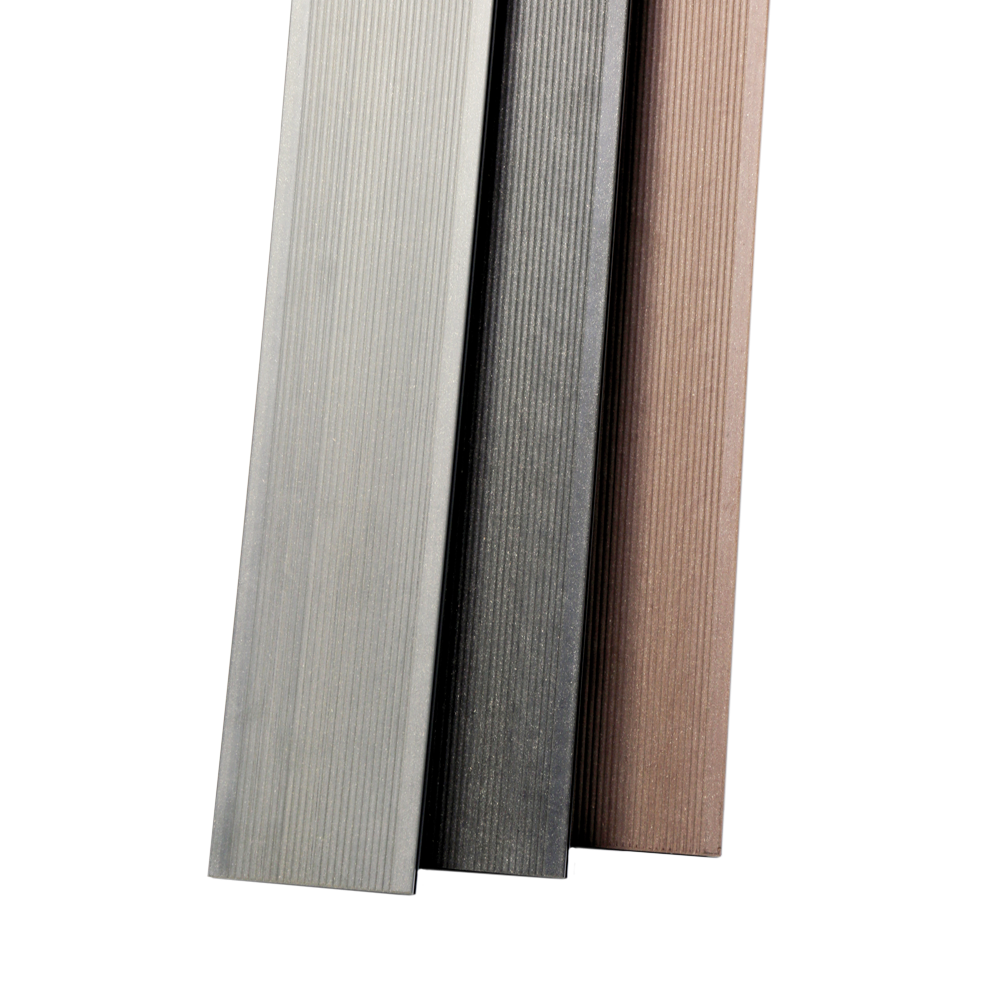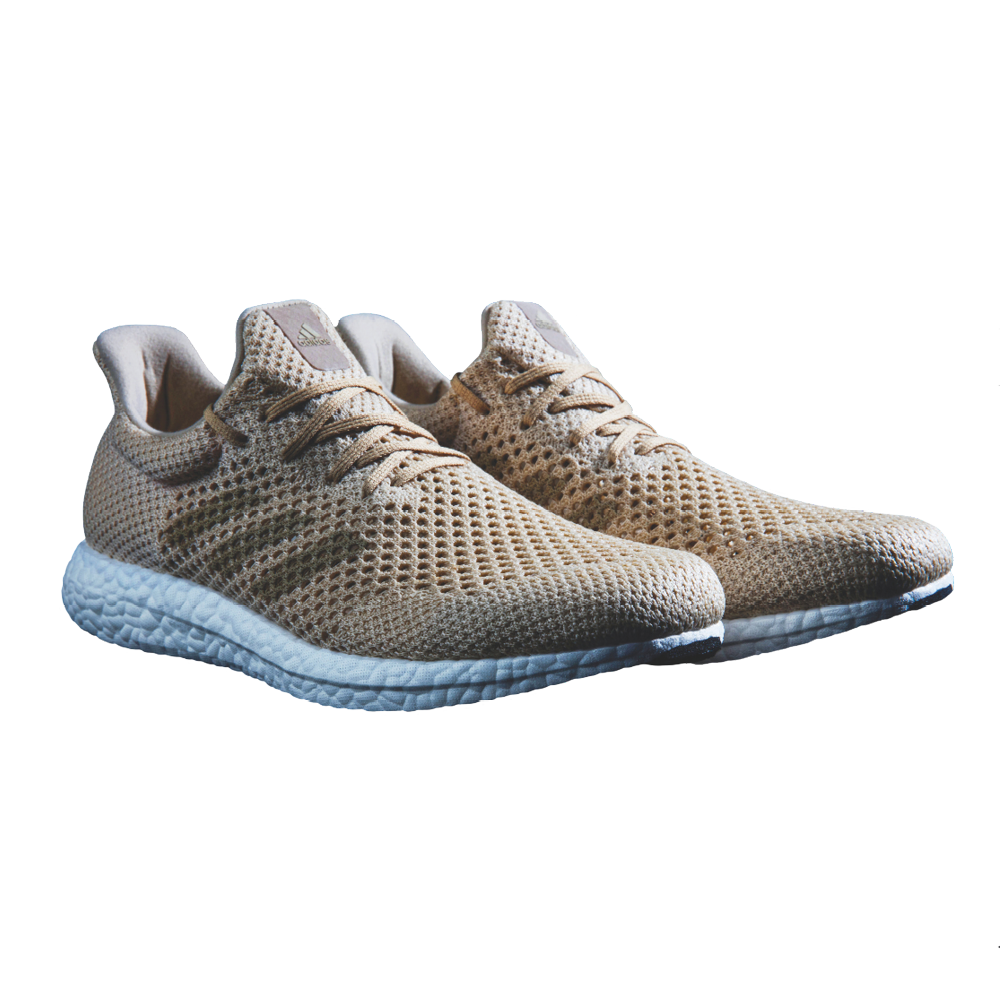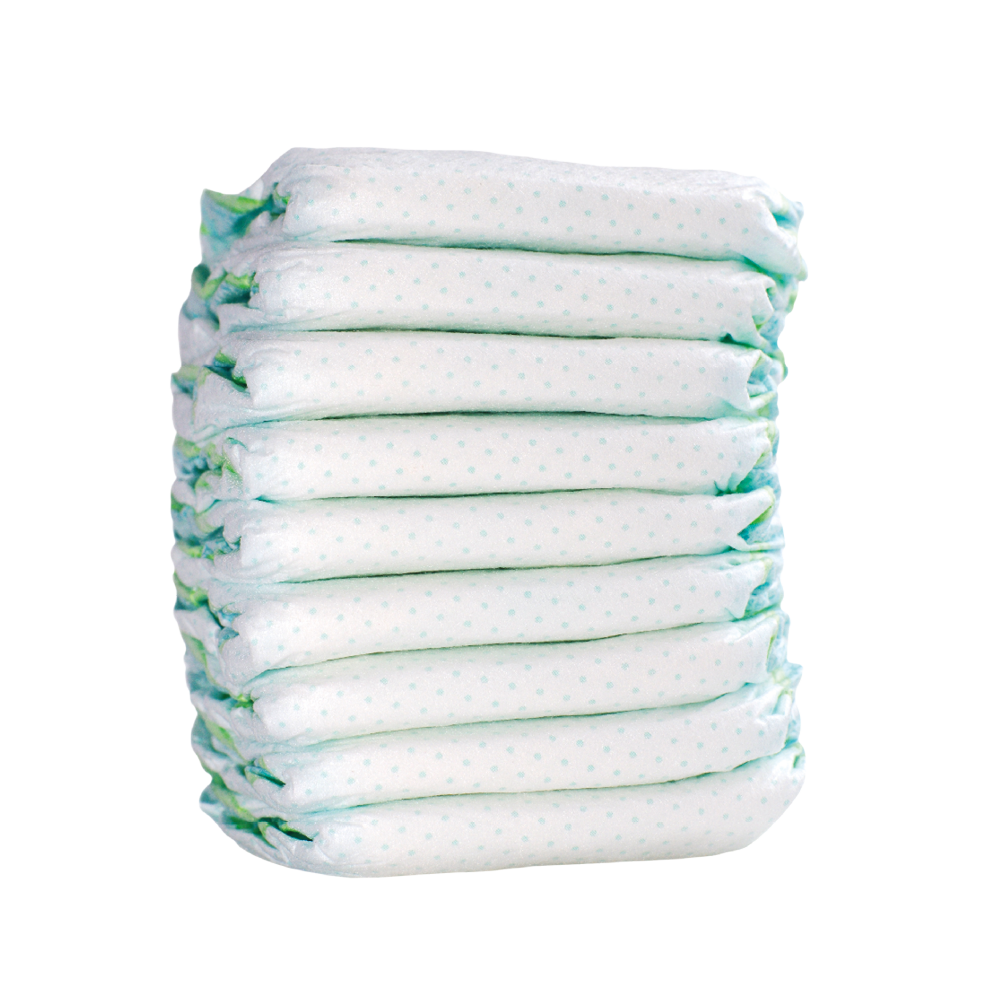27.09.2017 News
Food Plants Agriculture sciences
Algae bind carbon with liquid compartment
Algae fix carbon dioxide more efficiently than land plants. An international research team deciphered the surprisingly liquid mechanisms behind it.
27.09.2017 News
Food Plants Agriculture sciences
Algae fix carbon dioxide more efficiently than land plants. An international research team deciphered the surprisingly liquid mechanisms behind it.
27.09.2017 Success story
Agriculture and forestry Animals Biodiversity
In your drinking water, water lice are likely to count as unwanted guests. Ecologists in Landau, Germany, are using a rapid DNA test to find out more about the origins and distribution of crustaceans in wells, waterworks and pipelines.
04.10.2017 News
Food Plants Agriculture sciences
Scientists from Gatersleben helped decipher the genome sequence of the pearl millet, a drought resistant crop plant that grows even on nutrient-deficient soil.

Researcher Profile
unspecific Microorganisms Biodiversity
We all make use of the groundwater, yet only few of us notice it as an ecosystem. Munich biologist Christian Griebler is working to change this perception.

04.10.2017 Interview
unspecific unspecific unspecific
With soon to be 9 billion people on the planet, we need to establish a more sustainable economy, urges Kamila Markram. Scientists are working hard on these issues, but progress is delayed by paywalls in front of new publications.
05.10.2017 News
Consumables Plants Materials sciences
Researchers at Fraunhofer WKI developed new technologies to recycle wood without diminishing its quality.
11.10.2017 News
Energy Microorganisms Biotechnology/Systems biology
Green algae cause biofilms that wreak havoc for bioreactors and other structures. Göttingen-based researchers found that red light hinders surface adhesions.
12.10.2017 News
Food Plants Agriculture sciences
Special bladder cells on quinoa leaves remove salt from the plant metabolism. Researcher at the University Würzburg identified specific gene activities underlying this mechanism.
12.10.2017 News
Chemistry Plants Biotechnology/Systems biology
The speciality chemicals company Evonik is opening a new site in Tours, France. The new production site will focus on plant-based cosmetic active ingredients.
13.10.2017 Studies and statistics
unspecific unspecific Biotechnology/Systems biology
With an annual growth rate of 20.85%, the global market for bioplastics will grow from today's US$17 billion to nearly US$44 billion in 2022 over the next five years.
24.10.2017 News
Chemistry Animals Biotechnology/Systems biology
Researcher in Kassel and Potsdam identified shear forces as the mechanism that turns the slimy secretion of velvet worms into stiff polymer fibres, which can even be recycled.
20.10.2017 News
Agriculture and forestry Plants Agriculture sciences
A long-term study by researchers in the Netherlands, the UK and volunteers across Germany found a 75% decrease of flying insects over the last 27 years.
20.10.2017 News
Food Plants Agriculture sciences
BASF has signed an agreement for €5.9 billion to acquire significant parts of Bayer’s seed and non-selective herbicide businesses.
25.10.2017 News
Agriculture and forestry Plants Agriculture sciences
Geomicrobiologists from the University of Tübingen demonstrate that co-composting of mixed manure and biochar creates an organic coating, which improves its fertiliser properties.
26.10.2017 News
Chemistry Plants Biotechnology/Systems biology
A new EU project headed by Ralf Reski in Freiburg will promote the environmentally friendly production of specialty chemicals from genetically modified moss.
30.10.2017 News
Chemistry unspecific Agriculture sciences
Researchers at the Max Planck Institute in Mainz calculated that reducing agricultural ammonia emissions from manure and fertilizers decreases air pollution and reduces mortality.
01.11.2017 News
unspecific Microorganisms Biotechnology/Systems biology
The German industrial biotech company Brain AG has developed a new bio-leaching method to isolate and retain metals by breaking down waste and ore.
11.10.2017 Success story
Automobile Plants Biotechnology/Systems biology
Researchers in Halle and Potsdam are experimenting with compsite-materials made of beech fibres and bioplastics.
03.11.2017 News
unspecific Plants Agriculture sciences
In the "Lancet Countdown" report, international experts from basic research to political scientists analyse the relationship between public health and climate change.
02.11.2017 News
Chemistry Microorganisms Biotechnology/Systems biology
The swiss specialty chemicals company Clariant is set to build a sunliquid® cellulosic ethanol plant in Romania.
16.11.2017 News
Agriculture and forestry Plants Forestry
According to a new study by Munich researchers, warmer temperatures in cities speed up the growth of urban trees and let them age faster.
15.11.2017 News
unspecific Microorganisms Biotechnology/Systems biology
The 15 German teams at the finals of the iGEM competition for synthetic biology did very well: no overall win, but they received eight gold, three silver, and three bronze medals.
16.11.2017 News
Chemistry Microorganisms Biotechnology/Systems biology
Researchers from Berlin managed to reprogram the intestinal bacteria E. coli in such a way that they generate the underwater adhesives as seen in mussels.
20.11.2017 News
unspecific unspecific Energy technologies
The new Green Finance Cluster in Frankfurt is open for business. The goal: to pair up sustainable innovations and funding opportunities.

21.11.2017 Interview
Construction Plants Energy technologies
Heidi Schiller and her KAITO Projekt GmbH  already introduced electricity from renewable resources to the Senegal. Now they are working to establish local reed as renewable building material.

28.11.2017 Product
Construction Plants
Plastic is produced from meadow grass in a resource-conserving manner using a recirculation process. Sustainable and environmentally friendly.
22.11.2017 News
Construction Plants Biodiversity
According to a new report by researchers from Leipzig University, the economic and ecological value of any forest increases with its level of biodiversity.
23.11.2017 News
Chemistry Microorganisms Chemistry
Researchers from Jena report that the symbiosis of the thistle tortoise beetles with a specific bacterium allows them to digest plant cell walls.
23.11.2017 News
Food Plants Agriculture sciences
Researchers in Munich deciphered the complex genome sequence of goatgras. This ancestor of the common wheat could improve targeted breeding.
28.11.2017 News
Chemistry Microorganisms Biodiversity
Pseudomonas bacteria can immobilise microalgae within moments. Researchers from Jena identified orfamid A as the chemical culprit.
29.11.2017 Success story
Pharmaceutical industry unspecific Biotechnology/Systems biology
Membrane adsorbers can assist in the gentle and loss-free purification of proteins. Now, biotechnologists have optimised the technology in order to obtain cytokines for use in biomedicine.

29.11.2017 Product
Chemistry Plants
The demands on modern running shoes are high. They should be light and stable, tear-resistant and stretchy, even when wet.
01.12.2017 News
Agriculture and forestry Animals Agriculture sciences
Researchers in Jena found out why the corn rootworm is such a devastating pest: it exploits the plants defenses and then uses it against potential enemies.
30.11.2017 News
Chemistry Animals Biodiversity
According to researchers in Kiel, the increasing acidification of the oceans cause growing problems for mussels when developing their shells.

01.11.2017 Product
Consumables Microorganisms
A baby or toddler "produces" up to ten full diapers a day. Not only parents can imagine the huge mountains of rubbish.
04.12.2017 News
Chemistry unspecific Energy technologies
According to a recent study, there are 224 biorefineries online in Europe. The platforms differ by region, depending on the available resources.
07.12.2017 News
unspecific unspecific unspecific
17 green start-ups were competing for potential investors in Berlin. Biobased plastic produced in Sweden and a map for air quality developed in Munich convinced the panel.
12.12.2017 News
Chemistry unspecific Biotechnology/Systems biology
A new technique enables Hendrik Dietz at TU Munich to build DNA origami structures the size of viruses, while also reducing the cost of production substantially.
18.12.2017 News
Food Microorganisms Agriculture sciences
Biochemists in Munich managed to improve the photosynthesis process by generating the Rubisco enzyme in a bacterial host. This could also boost future crop yields.
15.12.2017 Success story
Chemistry Microorganisms Biotechnology/Systems biology
Microbes require optimised conditions in order to grow efficiently. To this end, Hamburg-based bioprocess engineers are developing smart computer models.